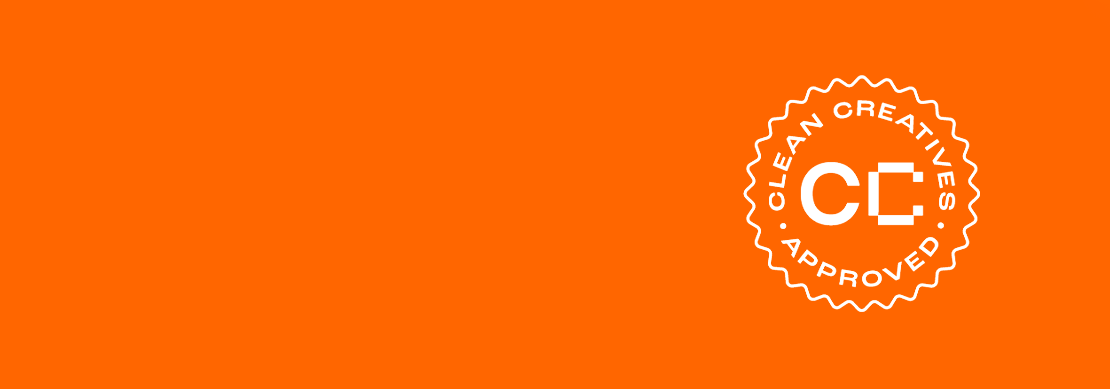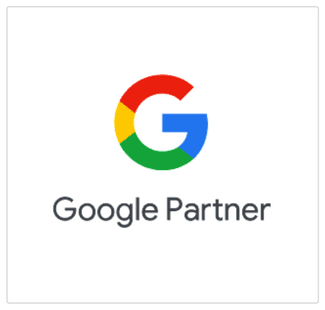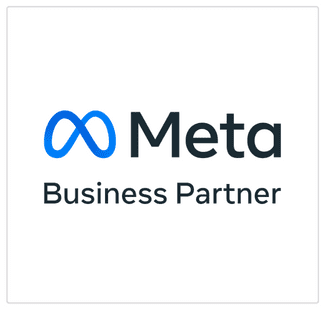In a landscape of fierce marketing competition and in an era where rapid change and adaptability are the keys to success, marketers are striving to use all available resources to promote business. In this context, the debate between organic and paid content becomes crucial, as each brings distinct benefits and plays an essential role in marketing strategies.
What is organic content?
Organic content refers to posts on social media that are published without involving a direct payment to reach a specific audience. They are created and distributed without using a company’s advertising budget. Organic content relies on creativity, authenticity and relevance to attract and engage the natural audience of a page or profile. It is the engine of authentic relationships with existing audiences, generating engagement and trust. It is not just about brand awareness, but often drives conversions and loyalty.
The creative process behind organic content:
Research and planning: Identify the themes, interests and needs of your target audience.
Content creation: Producing material (text, images, video, etc.) that will engage and interest the audience.
Programming and distribution: Choosing optimal times for posting and distributing content on different social platforms.
Advantages of Organic Content:
Genuine Engagement: Organic content generates deep engagement from an already connected audience. Whether personality-filled posts or authentic stories, they nurture a strong and authentic relationship with followers and current customers.
Lasting conversions: More than just brand awareness, organic posts can also lead to conversions. Having a pre-existing connection with the audience, they can generate direct sales or add value by promoting products and services in a natural way.
What is paid advertising?
Paid ads are posts that involve a financial investment to be distributed and promoted to a specific target audience. They are created in a similar way to organic content, but the main difference is that they are amplified through advertising budgets to reach a wider audience than organic.
On the other hand, paid content, Facebook ads, focus on expanding the audience and attracting new users. It is a powerful tool to bring attention to your business among an audience that would not naturally interact with organic content. Retargeting and remarketing strategies fall under this umbrella, aimed at bringing new users into the business landscape.
Differences in marketing objectives:
When it comes to specific marketing objectives, the differences between organic and paid content become obvious.
Brand Awareness: Organic posts are the backbone of building and maintaining brand awareness. They contribute to building an authentic image and reinforcing identity in the eyes of the existing audience.
Cross Sell and Upsell: In this area, organic content plays an essential role. Having already an established relationship with the audience, they can be directed to additional offers or premium variants, thus supporting cross-selling and adding value.
Retargeting and Remarketing: This is where the distinct difference between organic and paid postings comes in. While organic content is aimed at an already formed audience, paid posts are used to attract new users and constantly remind them about the business.
The difference between promoted posts and organic content:
Target audience: Paid ads are targeted to a specific demographic or interest, while organic content is based on the page’s natural audience.
Budget and distribution: Paid ads involve a financial investment to reach a large audience, while organic content has a limited organic impact.
Marketing objectives: Paid ads are often used to increase awareness, sales or engagement, while organic content focuses on audience interaction and engagement.
How do the two meet?
Yes, it’s true that there are times when these two types of content overlap. An organic post can then be promoted to become a paid ad, and a paid ad can be integrated into a broader organic content strategy.
Budget and frequency of posts:
Budget: It is essential to define the budget allocated for paid campaigns, taking into account the objectives and desired scope of content promotion.
Posting frequency: A crucial part of the content strategy is the regularity of postings. Their frequency may vary depending on the platform and target audience.
The combination of organic content and paid promotion can provide remarkable results in increasing visibility, interaction and ultimately in achieving a business’ marketing goals.
Choosing between organic and paid content can seem like a difficult decision, but each brings distinct benefits to a business’ marketing strategy. Organic content finds its value in building genuine relationships and generating conversions among a pre-existing audience, while paid content expands reach and attracts the attention of potential new customers.
The recommendation is to take a balanced approach. Integrate organic content to maintain and strengthen the connection with existing audiences, while also using resources to expand the audience through paid content. Combining the two types of content can yield impressive results in achieving marketing goals.
If you’re looking for a tailored digital strategy that maximises the potential of your business, turn to digital marketing agency, re7consulting, with confidence. Our passionate professionals are ready to create and implement marketing services tailored to the unique needs and goals of your business.







